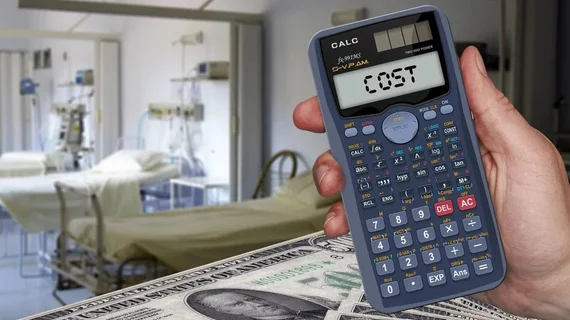High costs limit the value of dapagliflozin, empagliflozin as heart failure treatments
Sodium-glucose cotransporter-2 (SGLT2) inhibitors, a class of popular type 2 diabetes medications that can lower a patient’s blood sugar and blood glucose levels, have also been associated with improved cardiovascular outcomes among heart failure patients. According to a new analysis in JAMA Cardiology, however, the high price of SGLT2 inhibitors such as dapagliflozin and empagliflozin is limiting their value to clinicians and overall ability to impact patient care.[1]
“High total and out-of-pocket costs are key barriers to widespread uptake of effective cardiovascular therapies in the U.S., and cost-effectiveness analyses have previously helped spur price reductions that improved affordability and access,” wrote first author Laura P. Cohen, MD, a cardiologist with Massachusetts General Hospital and Harvard Medical School, and colleagues. “Quantifying the lifetime cost-effectiveness and annual budget impact of SGLT2-Is in heart failure with preserved ejection fraction (HFpEF) may guide uptake and influence U.S. pricing of this novel therapy.”
Cohen et al. performed a predictive model to determine the lifetime health impact and accumulative medical costs associated with prescribing a daily dose of empagliflozin or dapagliflozin to a patient presenting with HFpEF. The group’s model simulated these data for more than 12,000 patients with a mean age of nearly 72 years old. The simulated cohort was 55.7% men and 44.3% women.
The group found that SGLT2 inhibitors were associated with 0.19 quality-adjusted life-years (QALYs) and an additional $26,300 in healthcare costs over the lifetime of the patient. In other words, a patient’s lifestyle survival would be increased by approximately 69 days in exchange for that additional $26,300 in costs.
These findings represents an incremental cost-effectiveness ratio (ICER) of $141,200 per QALY gained, which is seen as a borderline intermediate- or low-value ICER based on American College of Cardiology/American Heart Association guidelines.
(To provide some additional context: Low-value ICERs typically include anything more than $150,000 per QALY, intermediate-value ICERs range from $50,000 per QALY to $150,000 per QALY, and high-value ICERs are anything lower than $50,000 per QALY.)
The high costs associated with empagliflozin and dapagliflozin are a primary factor keeping these medications from being seen as a high-value addition to patient care. These medications have a mean annual cost of $4,506, and prescribing a daily dose to every eligible adult in the U.S. with HFpEF would increase healthcare spending in the country by $4.3 billion.
“Lowering the annual cost of SGLT2-Is to $1,431—a 68% reduction from the current Veterans Affairs price and a 78% reduction in wholesale acquisition cost, which may be reasonable after generic formulations are available—would result in SGLT2 inhibitors being high to intermediate value,” the authors wrote.
In addition, the team explained, cardiovascular mortality plays a key role in ICER calculations. Because of this, the fact that SGLT2 inhibitors are typically linked to differences in heart failure hospitalizations as opposed to improved survival is another reason why they may be seen as a low-value strategy.
Overall, the group emphasized, until the costs of SGLT2 inhibitors are significantly lowered or they are associated with bigger improvements in survival, they will continue to be seen as a low-value option for the treatment of HFpEF in terms of cost-effectiveness.
“Studies examining the long-term effect of SGLT2 inhibitors on mortality should be coupled with efforts to lower costs of SGLT2 inhibitors,” the group concluded.
Read the full analysis here.

